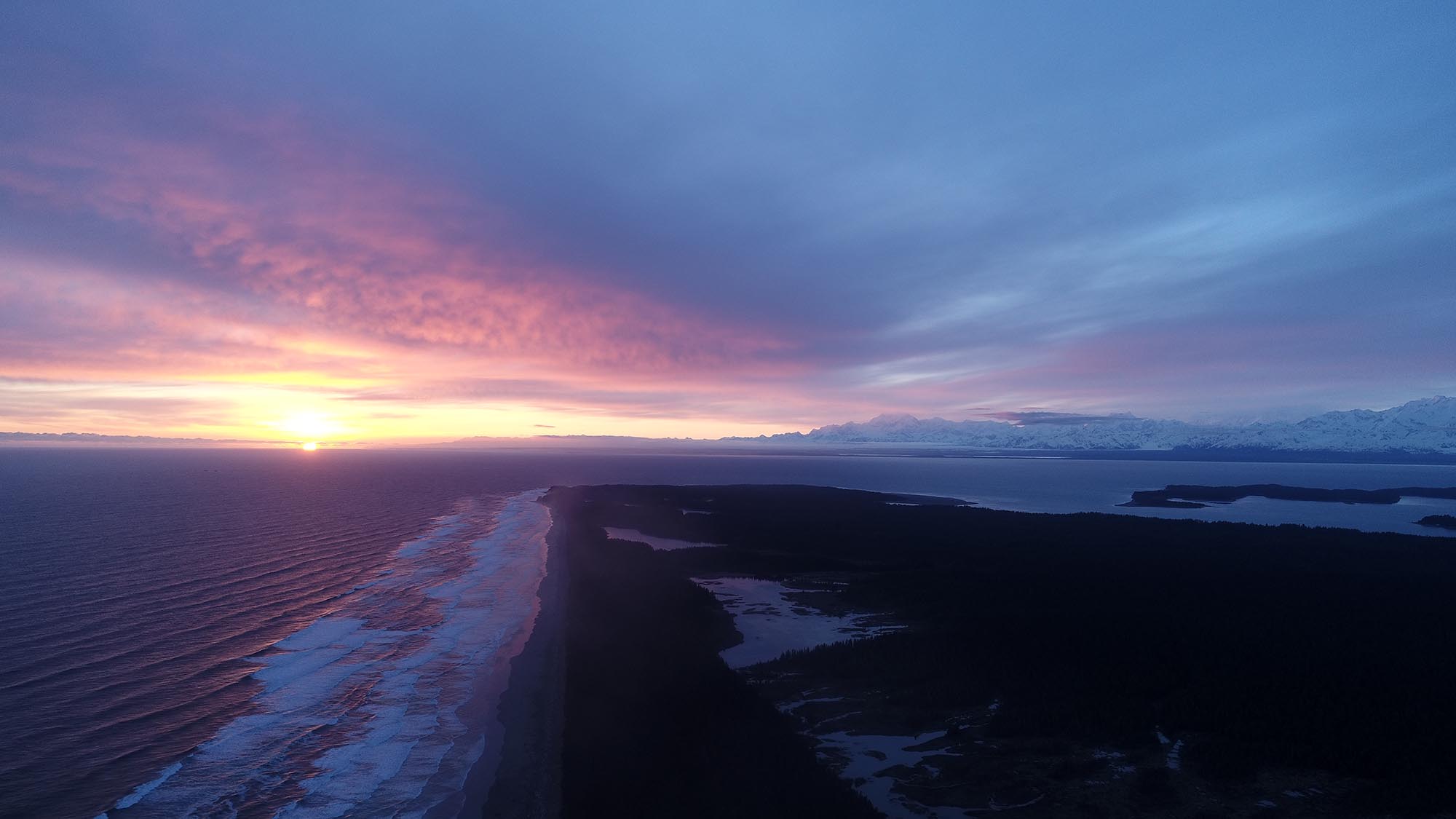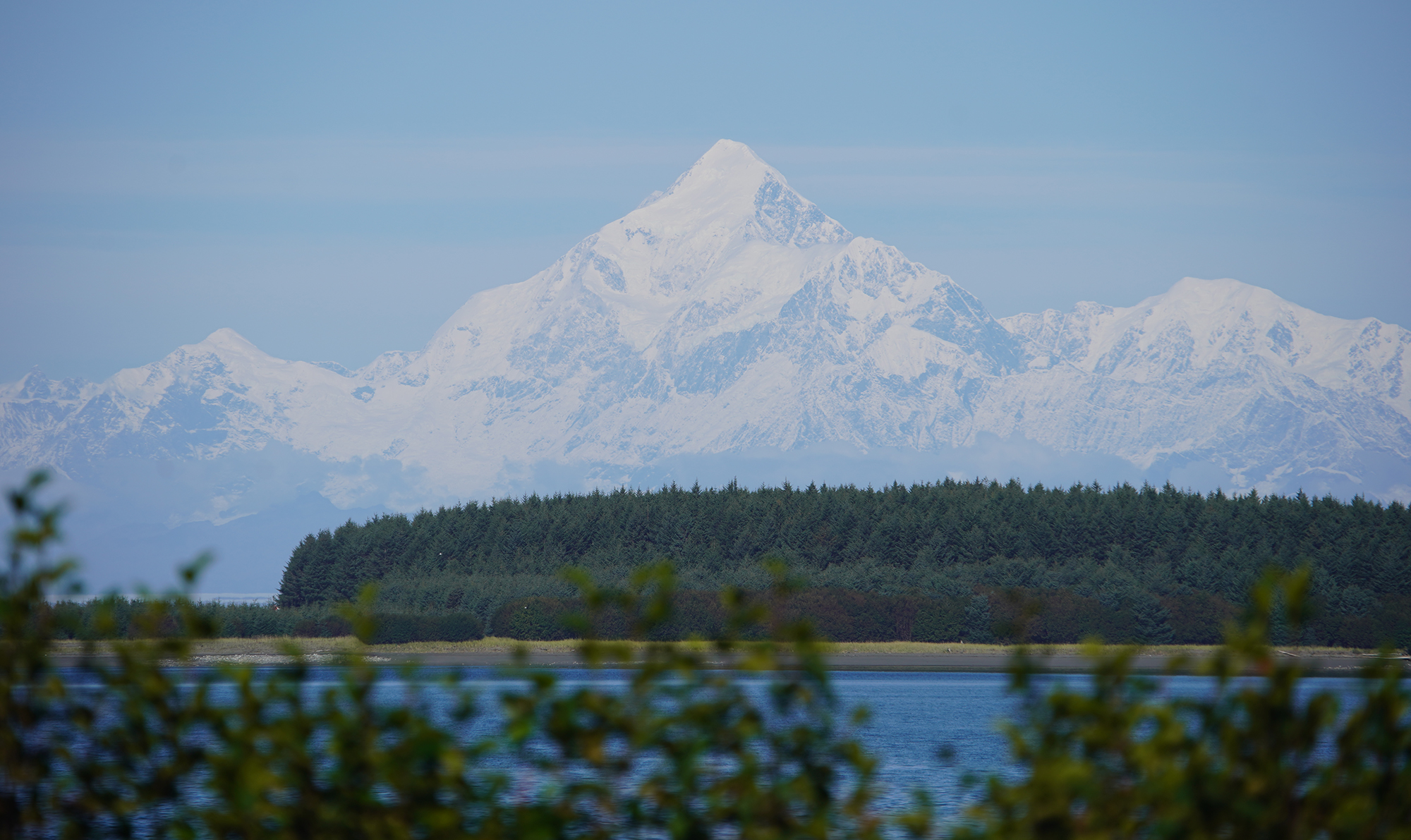
Yakutat, Alaska is located at the northern end of southeast Alaska. It sits about 200 miles northwest of Juneau, Alaska, and 375 miles southeast of Anchorage, Alaska.
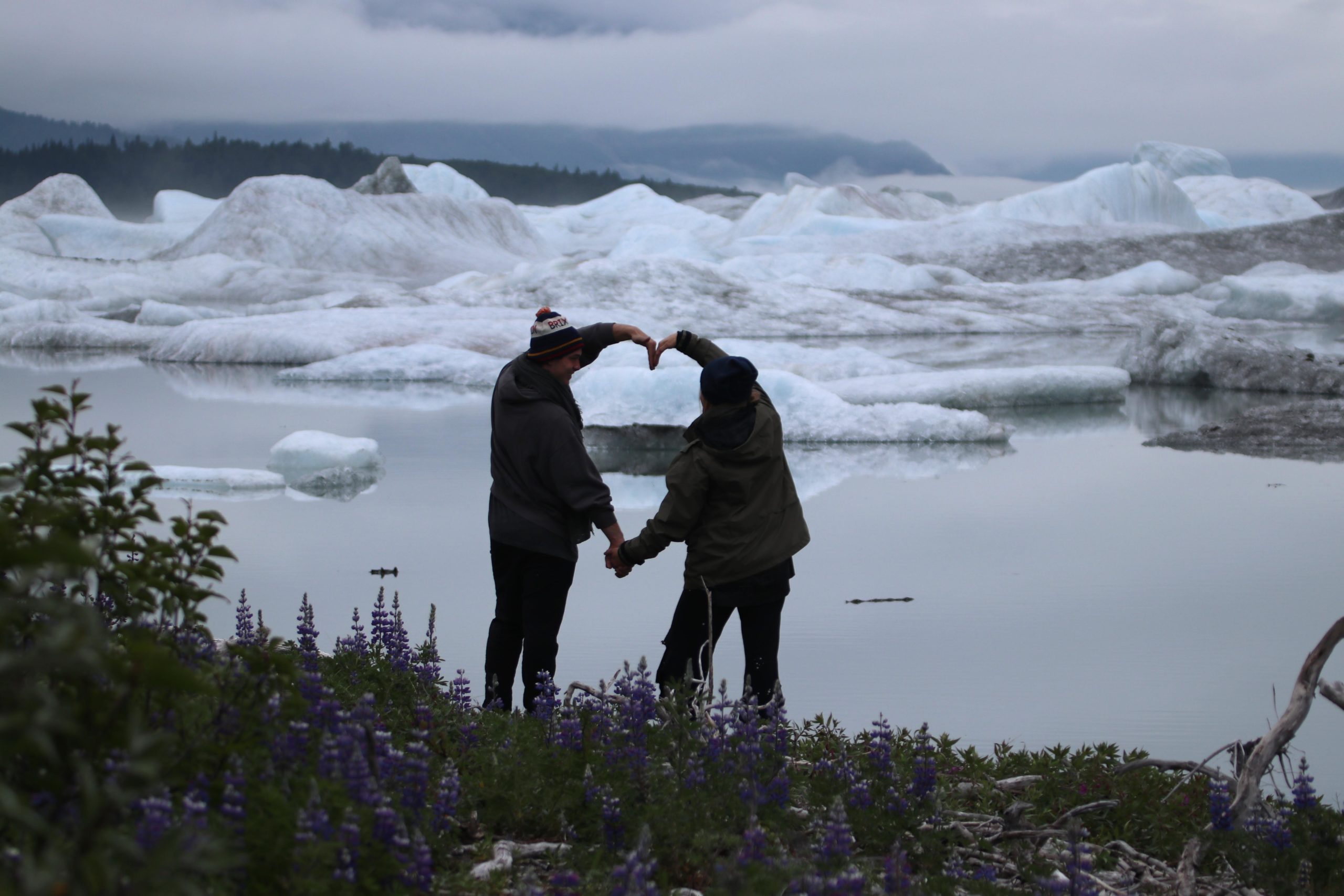 This part of Alaska is known as the “Mountain Kingdom of North America” where the Chugach, Wrangell and St. Elias Ranges converge. Not only are there incredible mountain peaks, Mt. St. Elias sits at 18,008 feet and Mt. Logan at 19,551 feet, but there are glaciers of note including the Malaspina and Hubbard. Malaspina is North America’s largest piedmont glacier, while Hubbard is North America’s largest tidewater glacier.
This part of Alaska is known as the “Mountain Kingdom of North America” where the Chugach, Wrangell and St. Elias Ranges converge. Not only are there incredible mountain peaks, Mt. St. Elias sits at 18,008 feet and Mt. Logan at 19,551 feet, but there are glaciers of note including the Malaspina and Hubbard. Malaspina is North America’s largest piedmont glacier, while Hubbard is North America’s largest tidewater glacier.
Yakutat, Alaska, is rich in fish. Local waterways like the Lost, Situk and Ahrnklin rivers, as well as Tawah Creek, host annual migrations of salmon, as well as resident populations of trout and char. A few pothole lakes in the area are home to an indigenous population of northern pike, rare to find in southeast Alaska. Venturing into Yakutat Bay, anglers can expect to fish for halibut, lingcod, rockfish, king and silver salmon. This smorgasbord of premium species allows our visitors to harvest a bounty of fish to take home and eat.
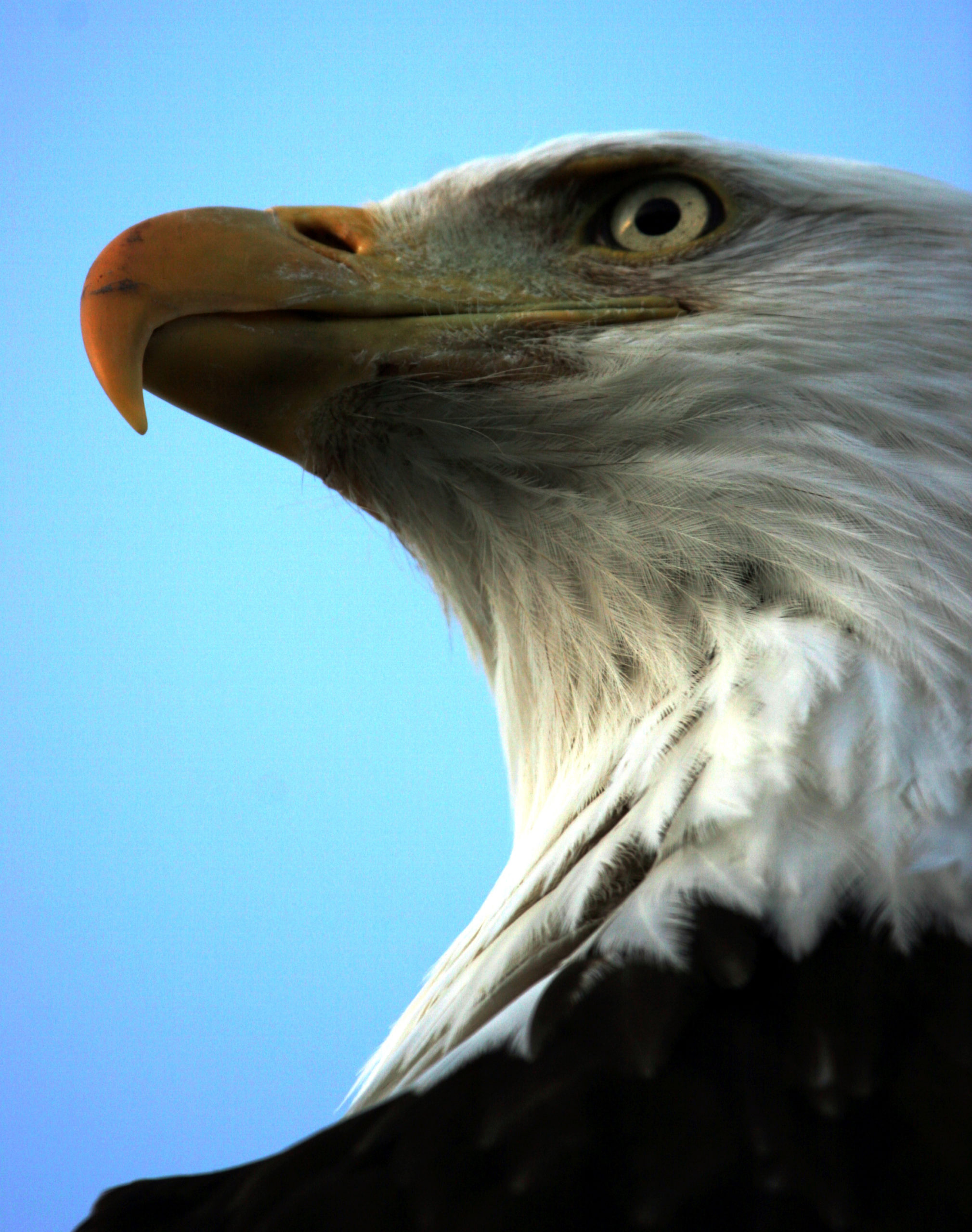 Yakutat, Alaska, is an amazing location to come see Alaska wildlife. From moose to brown bears, eagles to terns, waterfowl to sea birds, beavers, otters, blacktail deer and whales, Yakutat has plenty of wildlife on display. One of the things that makes Yakutat so special is that you can catch all kinds of species of fish, see many different types of wildlife, and have it all be placed on a rugged mountainous backdrop.
Yakutat, Alaska, is an amazing location to come see Alaska wildlife. From moose to brown bears, eagles to terns, waterfowl to sea birds, beavers, otters, blacktail deer and whales, Yakutat has plenty of wildlife on display. One of the things that makes Yakutat so special is that you can catch all kinds of species of fish, see many different types of wildlife, and have it all be placed on a rugged mountainous backdrop.
Yakutat, Alaska, is located within a temperature rainforest and sees over 180 inches of rain per year. By Alaska standards it stays warm in the winter, with an average low of about 20℉ in January and February. Conversely, it also stays cool in the summer, with an average high temp of about 60℉ in July and August.
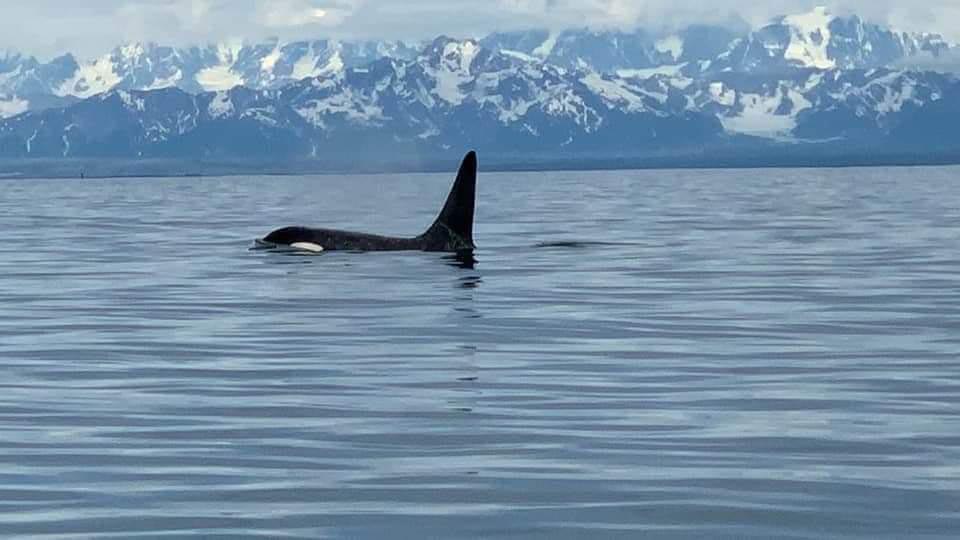 Yakutat sits within the Tongass National Forest. The forest is populated with Sitka spruce, western hemlock, and western red cedar to name but a few. It’s the world’s largest coastal temperate rainforest and covers nearly 17,000,000 acres. A hike within this old-growth forest transports you into a land before time.
Yakutat sits within the Tongass National Forest. The forest is populated with Sitka spruce, western hemlock, and western red cedar to name but a few. It’s the world’s largest coastal temperate rainforest and covers nearly 17,000,000 acres. A hike within this old-growth forest transports you into a land before time.
When you aren’t preoccupied catching fish, Yakutat, Alaska, offers several interesting destinations for the inquisitive traveler. The top of the list is Harlequin Lake, which holds chunks of the Yakutat Glacier that calve into the lake. It’s a spectacular sight. Another noteworthy stop is Cannon Beach, where relics from WWII are found. Landing vehicles, bunkers and cannons can be spotted during your exploration. Yakutat owes its airport runway to its WWII military history. It was created to allow planes to be transported from the Pacific Northwest to Elmendorf Air Force base in Anchorage. This long runway allows Alaska Airlines to get jet service into Yakutat and this makes travel to Yakutat, Alaska, a much easier proposition.
